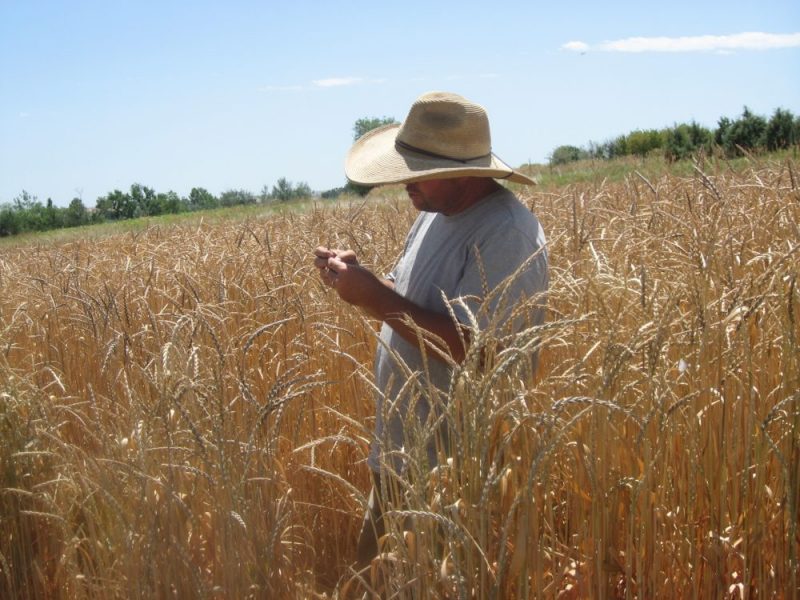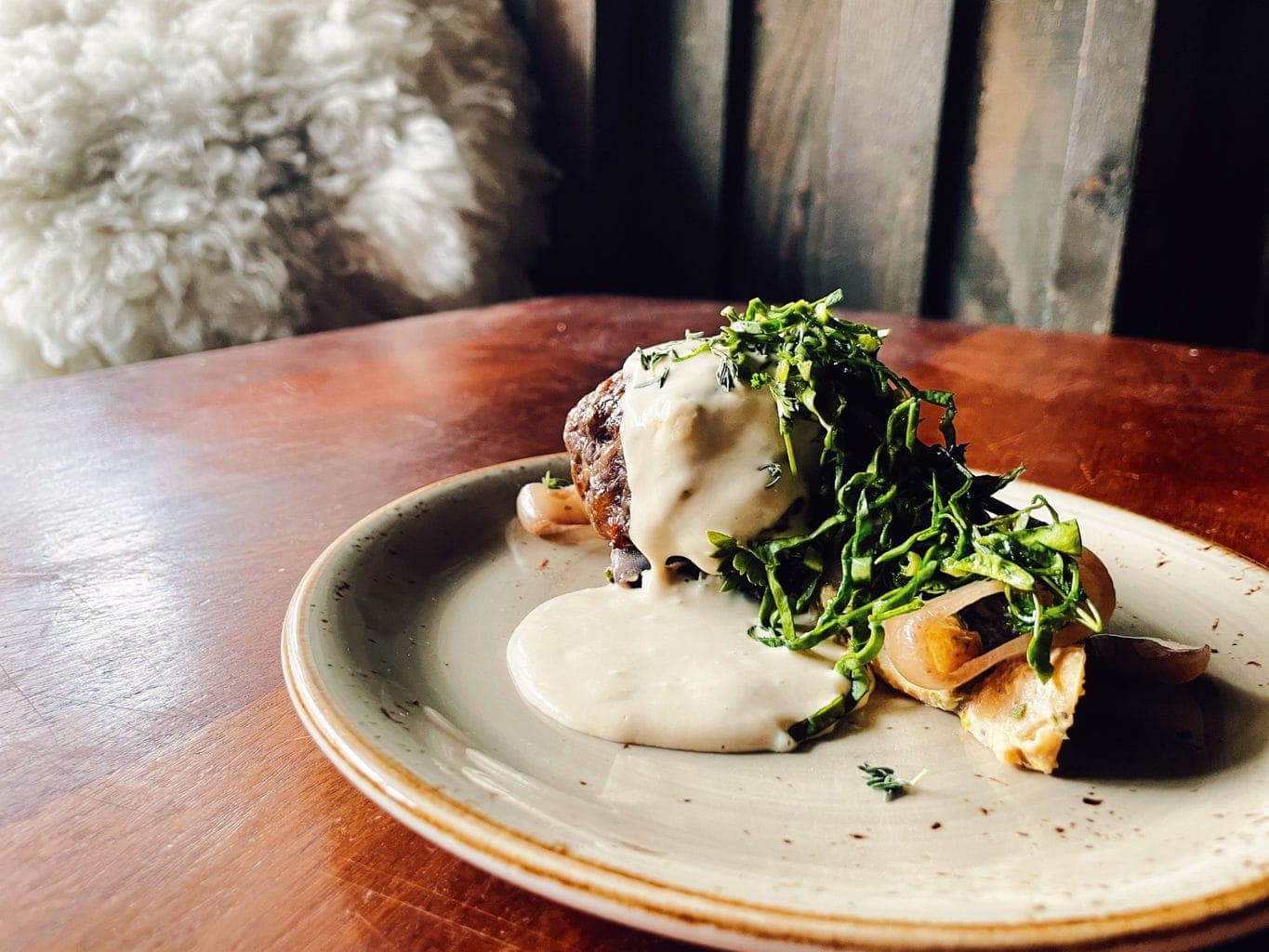
Union Station Farmers Market
Only two more markets until the Union Station Farmers Market ends for the season on October 22nd. However, before the Union Station Farmers Market ends, there is fun to be had.
The Union Station Farmers Market will be co-hosting a fall cocktail tasting tomorrow from 12 to 1pm at the Terminal Terminal Bar’s Plaza Beer Garden of cocktails from six prominent Denver restaurants (including Beast and Bottle, The Squeaky Bean, and Jax Fish House Denver) that incorporate ingredients from market vendors. Our beets will be used in Next Door Union Station’s cocktail made with beet-infused gin, lemon-basil syrup, and Prosecco.
After the tasting, a casual walk through the market from 1 to 2 p.m. will take place with participating bartenders sharing their cocktail inspiration. Before or after the tasting, stop by our booth, say hello, and pick up some of our heritage Mulefoot pork, produce, or prepared food.
Black Cat Farm market produce
- Basil (lemon and Genovese with purple only at Boulder)
- Beets
- Broccoli (Boulder-only)
- Cabbage
- Eggplant
- Lettuce, head (North Pole, red winter, Tom Thumb)
- Lettuce mix
- Mibuna
- Mustard greens, purple
- Osaka Purple
- Peppers
- Pok choi, purple
- Sorrel
- Spinach (Boulder-only)
- Squash (Butternut and spaghetti with Acorn and Delicata at Boulder only)
- Swiss chard
- Tatsoi
- Tomatoes
- Tomatillos
Chorizo and pork cuts will also be available.
Prepared food
We will also offer the following Black Cat Bistro frozen prepared dish made with Black Cat Farm heritage pork:
- Basil ice cream: A returning old favorite from previous years
- Pork green chile: A Colorado staple made according to Eric’s recipe with smoked pork and green tomatoes.
- Head cheese: Terrine made from the head of a pig
Black Cat wheat
This year marked the first year of our grain project. We grew three types of wheat on two acres of land: emmer, farro, and red winter wheat. We also grew barley.
All three types of wheat grew stunningly well. Said Eric about this year’s crop, “Wheat is a powerful part of the makeup of what we do at the restaurants, which makes it such a good fit as a crop for our farm.” Eric learned the importance of using a combine to harvest wheat. Once he bought one, harvesting went a lot better–so much so that he said with a grin that everybody should have a combine. For a man with a well-known love of tractors, this new passion is perfectly in character.
According to Eric, the goal in growing this year’s wheat crop was to learn how to grow wheat as well as how to harvest and mill it, all of which worked out really well with no crop failures. The next step is to find out what wheat varieties grow the best on our farm and which ones produce the best sourdough bread, pastry, and grain salads and pasta.
To find out more, we will increase our investment in wheat by growing more varieties on double the acreage as this year. The four acres are projected to cover the needs of our restaurants for the year along with enough extra for sale at our farmers market booths and to other restaurants.
The varieties that we are planting this fall for next year will include the three from this year as well as two or three heirloom varieties, including Red Fife and maybe Einkorn. In addition to the wheat that is meant for production, we will also plant four test varieties in conjunction with the Heritage Grains company’s seed trials. The seed trial wheat is intended to yield just enough to work out some test recipes and supply 20 to 30 pounds of seeds for each seed stock.
With nine or ten varieties of wheat grown next year, Eric hopes that there will be both spectacular successes and failures to “separate the wheat from the chaff (pun intended).” He predicts the successful wheat will winnow down to 3 varieties best suited for sourdough bread, pastry, and salads and pasta.
There is a profound cultural dimension in growing wheat. When Eric talks about growing it, he references how human civilization developed in conjunction with wheat cultivation. He acknowledges that for now he is merely scratching the surface of what there is to know about wheat. Year two of the wheat project should be interesting.
